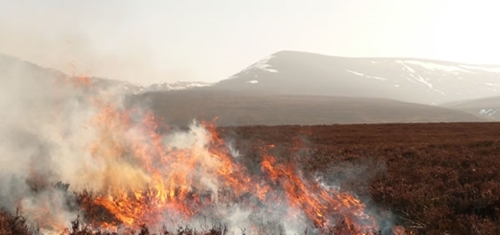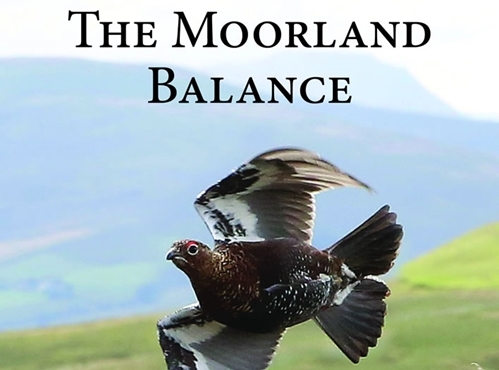
By Andrew Gilruth, GWCT Director of Communications
Last year, six RSPB authors published a ‘viewpoint’ paper on the environmental impacts of grouse moor management. Our own scientists believed that, in shaping their argument, they had painted an incomplete picture.
A GWCT ‘viewpoint’ response containing the additional evidence has been published in the same scientific journal, Ibis.
These articles are called ‘viewpoint’ because they represent the authors’ opinions. A summary of the two papers can be read here. Additional evidence provided by the GWCT included:
Predator control. A study carried out at Langholm Moor in southwest Scotland suggested that harriers can benefit from the control of other predators by gamekeepers, with higher numbers and better breeding success, and could, in principle, thrive on grouse moors if they were not persecuted.
Additional evidence:
Baines & Richardson, 2013: When predator control was performed, hen harriers at Langholm Moor successfully raised twice as many chicks as when it was not performed on the same land.
Managed heather burning helps to maintain important heather habitats that are rare and disappearing around the world, and are of international conservation importance.
- A recent study in the Peak District showed that managed burning on that study moor had been performed to best-practice standards of burn size, frequency and overall area burned.
- The scientific evidence looking at the effect of burning on carbon cycles, water flow and the reduction of wildfires is not clear, and often contradictory. More research is required before long-established techniques with known benefits are markedly altered or even condemned altogether.
- There is a possible role of managed burning in helping to prevent wildfire, which is not acknowledged by the RSPB.
Additional evidence:
Allen paper, 2016: Used aerial photographs to examine a moor in the Peak District, and showed that burning practices followed best-practice guidelines with respect to burn size, area burned and frequency of burning. We recognise that this study is limited to one site, which may not necessarily be reflective of other sites, but still provides important evidence.
Allen paper, 2013: Managed burning can reduce carbon loss caused by wildfire by significant amounts, with the most appropriate rotational burn cycle length determined by the likely interval between wildfires. Where wildfires could be expected every 50 to 100 years, short (8-year) rotational burn cycles could reduce carbon loss the most. Where wildfires were likely every 200 years, carbon loss was minimised by 25-year rotational burn cycles.
Ticks can feed on other birds such as curlew, lapwing and black grouse, and at high levels can reduce their body condition, and in some cases, their survival. As tick numbers are increasing in the UK, this should be a concern for conservationists, and also the public, as ticks can transmit Lyme disease to humans.
Medicated grit for red grouse has passed environmental tests for veterinary medications.
Additional evidence:
Newborn paper, 2009: Ticks parasitize chicks of other ground-nesting birds including curlew and lapwing.
What does this mean?
The two papers agree on many points but also present different views on some subjects, with different interpretations of some of the pieces of evidence.
This is a complicated (and controversial) area of research, which is changing all the time. When all the evidence is considered, the situation is not as black and white as presented by the RSPB authors – some of the evidence is conflicting; some is simply missing as we await research to answer some of the important questions.
It is, of course, important to assess the environmental impact of all types of land management, in sensible and scientific ways. However, it is misleading to draw conclusions from only part of the evidence base.
A more detailed summary can be found here.
The original abstract can be found here.

Buy our essential new book for just £8.95
Featuring a foreword by Sir Max Hastings, this handy 56-page paperback offers an insight into the science behind grouse shooting and moorland management.
Buy now >